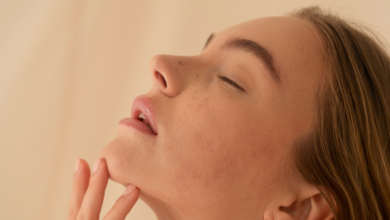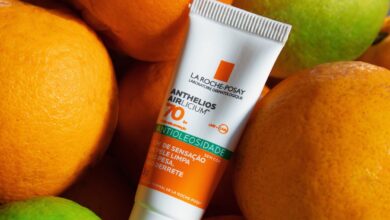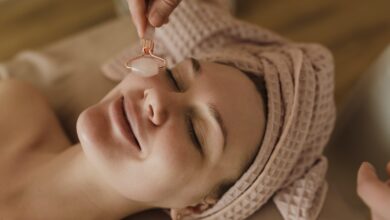
Looking for the perfect blend of skincare and makeup? Look no further than stylish.ae. At stylish.ae, we understand the importance of nourishing your skin while enhancing your natural beauty. Our innovative approach combines the latest scientific discoveries in skincare with high-quality makeup products, ensuring that your skin not only looks flawless but also feels healthy and radiant. Say goodbye to dull, lifeless skin and hello to a radiant, glowing complexion. Discover the science behind beautiful skin at stylish.ae.

The Basics of Skincare
Understanding the skin’s structure
Understanding the structure of your skin is the first step to achieving a healthy skincare routine. The skin is the largest organ of the body, and it consists of three main layers: the epidermis, dermis, and hypodermis. The outermost layer, the epidermis, serves as a barrier against environmental aggressors and regulates moisture. The dermis is where collagen, elastin, and other structural components reside, providing strength and elasticity. The hypodermis, also known as the subcutaneous tissue, contains fat cells that help regulate body temperature. By understanding these layers, you can better comprehend how skincare products work and how to address specific concerns.
Identifying different skin types
Knowing your skin type is crucial for selecting the right skincare products and establishing an effective routine. There are five common skin types: oily, dry, combination, normal, and sensitive. Oily skin tends to produce excess sebum, leading to shine and potential acne breakouts. Dry skin lacks moisture, often feeling tight or flaky. Combination skin is a mix of oily and dry areas, typically with an oily T-zone and drier cheeks. Normal skin is well-balanced, without excessive oiliness or dryness. Sensitive skin is easily irritated and may react to certain ingredients or environmental factors. Understanding your skin type allows you to address its specific needs effectively.
Determining skincare needs
Every individual’s skincare needs are unique, influenced by factors such as age, lifestyle, and environment. Once you’ve identified your skin type, you can further analyze any specific concerns, such as acne, fine lines, or hyperpigmentation. This analysis helps you determine the targeted products and ingredients that will address your specific needs. It is essential to establish a skincare routine that includes cleansing, toning, moisturizing, and protecting the skin. By tailoring your routine to your unique needs, you can achieve optimal skin health and address any specific concerns effectively.

The Importance of a Skincare Routine
Why a daily skincare routine is essential
Establishing a daily skincare routine is vital for maintaining healthy and radiant skin. By following a consistent routine, you provide your skin with the care it needs to thrive. Cleansing removes dirt, oil, and impurities that accumulate throughout the day, preventing clogged pores and breakouts. Toning helps balance the skin’s pH levels and prepares it for better product absorption. Moisturizing ensures that your skin stays hydrated, preventing dryness and promoting a smooth complexion. Lastly, protecting your skin from harmful UV rays with sunscreen reduces the risk of sun damage and premature aging. A daily skincare routine is the foundation for achieving and maintaining healthy skin.
Key steps in a basic skincare routine
A basic skincare routine typically consists of four essential steps: cleansing, toning, moisturizing, and applying sunscreen. Cleansing removes impurities from the skin, preventing clogged pores and breakouts. It is best to choose a gentle cleanser that suits your skin type. After cleansing, toning helps balance the skin’s pH levels and prepares it for better product absorption. Moisturizing is crucial, as it replenishes moisture and locks it in, promoting a hydrated and healthy complexion. Finally, applying sunscreen is essential to protect the skin from harmful UV rays, preventing sun damage and premature aging. Following these key steps consistently will help you achieve optimal skin health.
Choosing the right products for your skin
Selecting the right skincare products for your skin type and concerns can be overwhelming, given the multitude of options available. Start by using products specifically formulated for your skin type, as they are designed to address its unique needs. Look for ingredients suitable for your concerns, such as hyaluronic acid for hydration, retinol for anti-aging, or salicylic acid for acne. Patch testing new products is also crucial to ensure they do not cause any adverse reactions or sensitivity. Consulting with a dermatologist or skincare professional can also provide personalized recommendations based on your specific skin needs. Remember, finding the right products may require some trial and error, but the effort is worth it for achieving healthy and glowing skin.
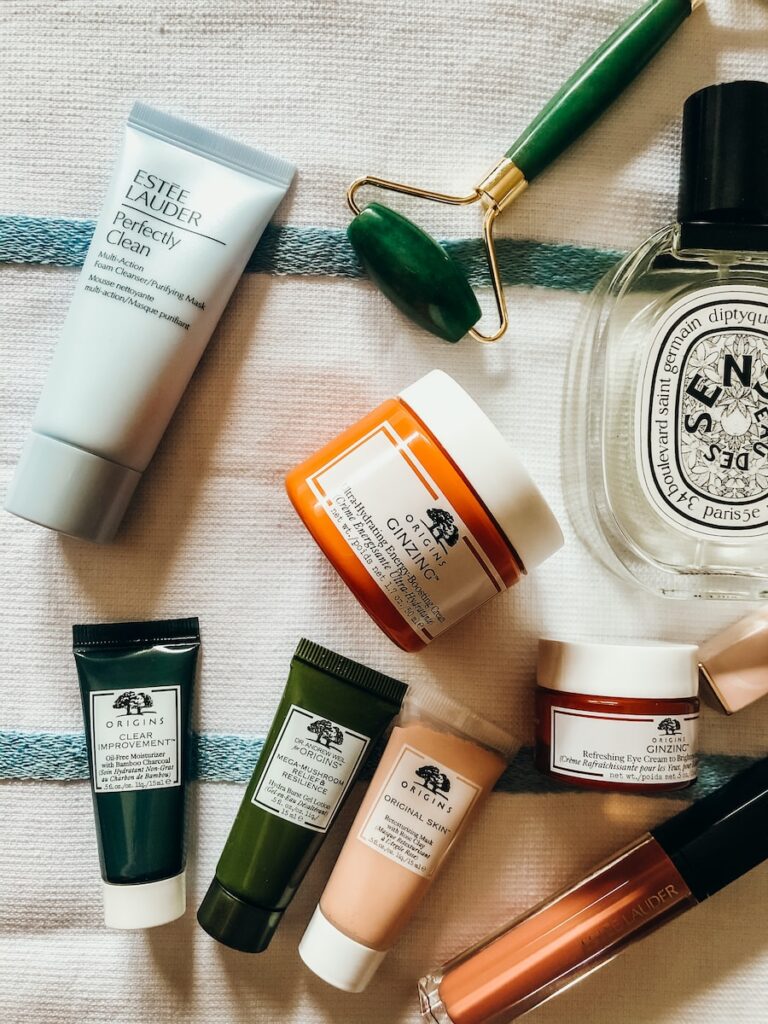
Understanding Ingredients
Common skincare ingredients and their benefits
Understanding the ingredients in your skincare products is important to make informed choices and address specific concerns effectively. Some common skincare ingredients and their benefits include:
- Hyaluronic acid: This powerhouse ingredient attracts and retains moisture, keeping the skin hydrated and plump.
- Retinol: Known for its anti-aging properties, retinol promotes collagen production, reduces fine lines and wrinkles, and improves overall skin texture.
- Vitamin C: A potent antioxidant, vitamin C brightens the skin, reduces hyperpigmentation, and boosts collagen production.
- Salicylic acid: Great for acne-prone skin, salicylic acid exfoliates the pores, reduces inflammation, and helps prevent breakouts.
- Niacinamide: This multitasking ingredient helps regulate oil production, minimize pore appearance, and improve overall skin texture and tone.
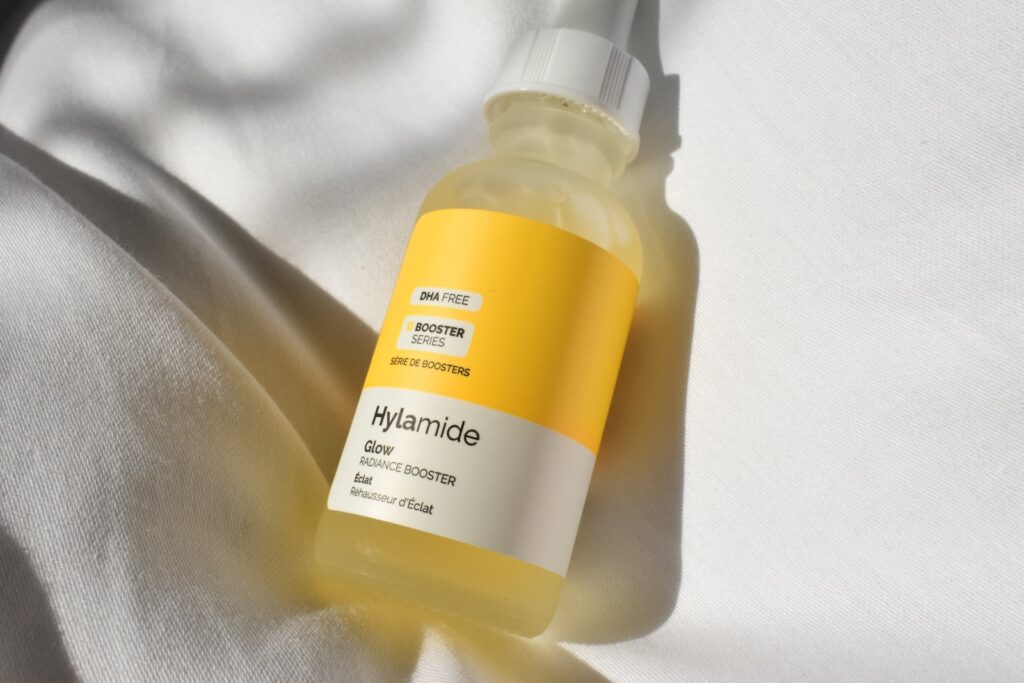
Skincare Product
Ingredients to avoid for specific skin concerns
While understanding beneficial ingredients is important, it is equally important to be aware of ingredients to avoid based on your specific skin concerns. For instance, if you have sensitive skin, you may want to steer clear of fragrances, alcohol, or harsh exfoliants that can cause irritation. Those with acne-prone skin should avoid comedogenic ingredients, which can contribute to clogged pores and breakouts. It is important to read product labels and conduct thorough research to ensure the ingredients in your skincare products are suitable for your skin concerns. When in doubt, consulting with a dermatologist can help guide you in choosing the right ingredients and avoiding any potential skincare pitfalls.
Prepping the Skin for Makeup
Cleansing the skin to create a smooth canvas
Prepping your skin before applying makeup is essential for achieving a flawless finish. Start by cleansing your skin to remove any dirt, oil, or residual skincare products. This step ensures that your makeup applies evenly and adheres better to your skin. Choose a gentle cleanser suited for your skin type and massage it onto your face using circular motions. Rinse thoroughly with lukewarm water and pat your skin dry with a clean towel. Cleansing provides a clean canvas for your makeup application and allows it to last longer throughout the day.
Applying moisturizer for hydration
After cleansing, apply a moisturizer to provide hydration and nourishment to your skin. Moisturizer helps create a smooth surface for makeup application and prevents it from settling into fine lines or dry patches. Select a moisturizer suitable for your skin type, whether it is a lightweight gel for oily skin or a richer cream for dry skin. Gently massage the moisturizer into your skin using upward motions, ensuring even coverage. Allow it to fully absorb before moving on to the next step. Hydrated skin not only enhances makeup application but also promotes a healthier complexion overall.

Using toner to balance the skin
Toner can be a beneficial addition to your pre-makeup skincare routine, as it helps balance the skin’s pH levels and provides additional hydration. After applying moisturizer, soak a cotton pad with toner and gently swipe it across your face, focusing on areas that may be oilier or more congested. Toner removes any remaining impurities, tightens the pores, and preps the skin for better product absorption. Look for toners with hydrating or soothing ingredients, such as rose water or witch hazel, to further enhance your skincare routine. By incorporating toner into your pre-makeup prep, you can achieve a more balanced and smoother complexion for your makeup application.

Choosing the Right Makeup Products
Selecting makeup products suitable for your skin type
Choosing makeup products that cater to your skin type is crucial for achieving a flawless and long-lasting finish. For oily skin, opt for oil-free foundations and matte formulas that help control shine throughout the day. Mineral-based or lightweight, water-based foundations are great options for those with sensitive or acne-prone skin. Dry skin benefits from hydrating formulas that provide a dewy finish and prevent flakiness. For combination skin, consider using different formulas on different areas, such as a matte foundation on the T-zone and a hydrating foundation on the cheeks. Remember to also consider the specific concerns you want to address, such as fine lines or hyperpigmentation, when selecting makeup products.
Finding the right foundation for a flawless finish
Foundation is the base of any makeup look, and finding the right one for your skin is essential. The key to a flawless finish lies in selecting a foundation that matches your skin tone and provides your desired coverage. When choosing a foundation shade, it is recommended to test the color on your jawline or neck to ensure a seamless blend with your natural skin tone. If you prefer a lighter coverage, opt for tinted moisturizers or BB creams. For medium to full coverage, choose liquid or cream foundations. It is also important to consider your skin’s undertones, whether they are warm, cool, or neutral, to find a foundation that complements your complexion perfectly.
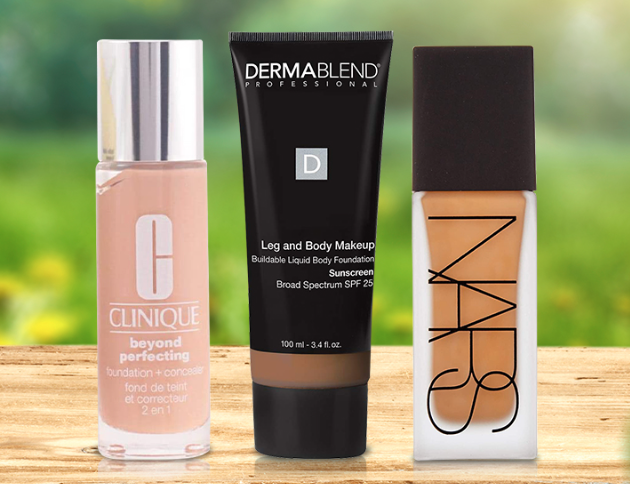
Highlighting and contouring for dimensional effects
Highlighting and contouring are techniques that can add dimension and enhance your facial features. Highlighting involves using a lighter shade of concealer or illuminator to bring forward areas of the face that naturally catch light, such as the cheekbones, brow bone, and bridge of the nose. This technique creates a radiant and lifted appearance. Contouring, on the other hand, uses a darker shade to create depth and definition. By applying the contour shade to the hollows of the cheeks, jawline, and sides of the nose, you can create the illusion of a slimmer face or more prominent features. When done correctly, highlighting and contouring can transform your makeup look and give it a more professional and polished finish.
Creating a Skincare-Makeup Hybrid
Mixing skincare products with foundation or concealer
Creating a skincare-makeup hybrid involves combining skincare products with your foundation or concealer for added benefits. For example, if you want to achieve a radiant and hydrated look, mix a few drops of a facial oil with your foundation before applying it to your skin. This combination adds an extra boost of moisture and luminosity to your makeup. Another option is mixing a serum that targets specific skincare concerns, such as acne or hyperpigmentation, with your concealer for a multitasking effect. This way, you can address your skin concerns while simultaneously achieving a flawless makeup finish.
Adding serums or oils to enhance the makeup look
To enhance your makeup look further, consider incorporating serums or oils into your routine. Before applying your makeup, use a hydrating serum to provide an extra layer of moisture and boost the skin’s luminosity. Serums formulated with hyaluronic acid or vitamin C can provide added benefits, such as plumping the skin or brightening the complexion. Additionally, facial oils can be mixed with foundation or applied as the last step before makeup application for a natural glow. Oils like rosehip or jojoba oil can provide nourishment and enhance the overall radiance of your makeup look.
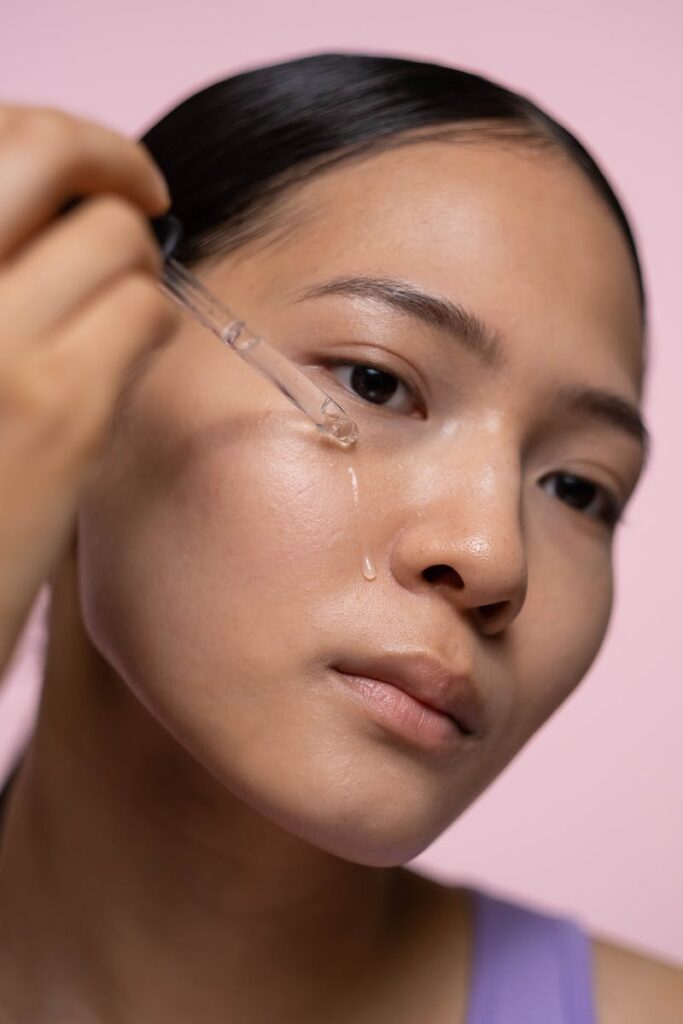
Using tinted moisturizers or BB creams
Tinted moisturizers and BB creams are perfect options for those seeking a lighter coverage with added skincare benefits. Tinted moisturizers combine hydration with a touch of color, providing a natural and dewy finish. They are ideal for those with dry or sensitive skin who want a more effortless and lightweight makeup look. BB creams, which stand for “beauty balm” or “blemish balm,” offer a bit more coverage while still maintaining a skincare-makeup hybrid approach. They often include SPF and other skincare ingredients, such as antioxidants or hyaluronic acid, making them a convenient option for those looking to streamline their routine.
![]()

Makeup Removal and Skincare
The importance of properly removing makeup
Properly removing makeup is just as crucial as applying it, as it allows your skin to breathe and recover overnight. Leaving makeup on overnight can clog pores and lead to breakouts and other skin issues. It is essential to remove all traces of makeup before starting your skincare routine. By doing so, you ensure that your skincare products can penetrate and do their job effectively. Proper makeup removal is especially crucial for those who wear heavy or long-wearing makeup, as these products can be more challenging to remove completely.
Using gentle cleansers and makeup removers
When it comes to removing makeup, using gentle cleansers and makeup removers is recommended. Choose a cleanser specifically formulated to remove makeup, as these are designed to dissolve and lift away product without causing irritation. Look for oil-based cleansers or micellar water, as they effectively break down makeup without stripping the skin’s moisture. Avoid harsh scrubbing or rubbing, as this can lead to unnecessary skin irritation. Instead, gently massage the cleanser onto the skin in circular motions, paying attention to areas with heavy makeup. Use a soft washcloth or cotton pad to wipe away the cleanser and makeup residue, ensuring a clean and refreshed face.
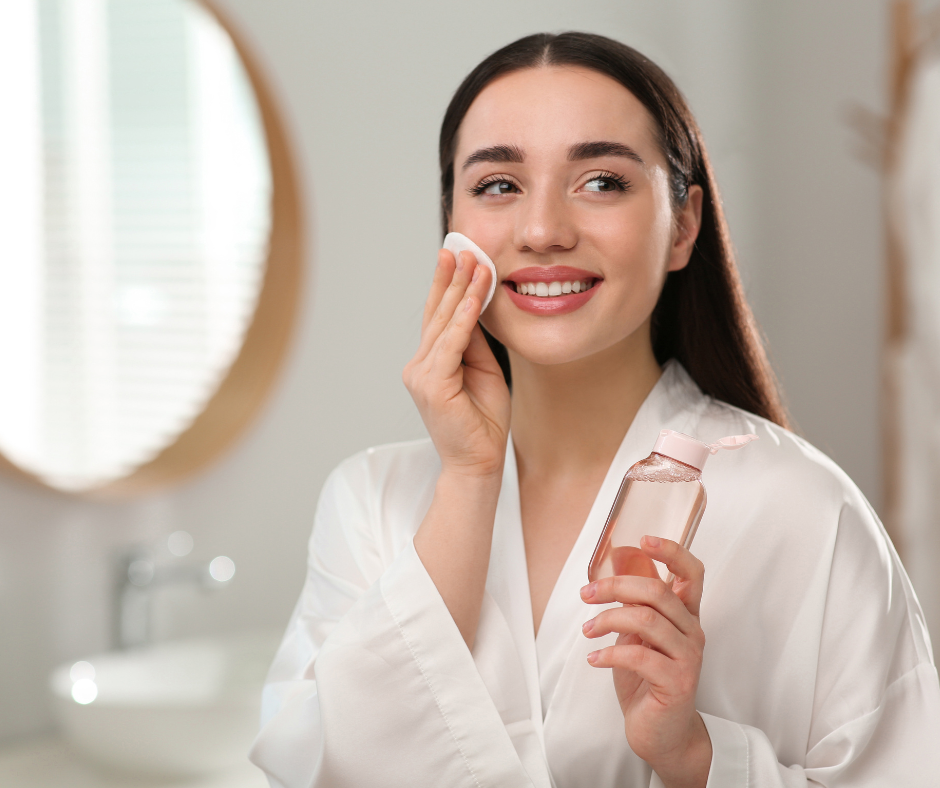
Following up with skincare products
After removing your makeup, it’s important to follow up with your regular skincare routine. Cleansing again with a gentle face wash eliminates any remaining traces of makeup and ensures the skin is ready to absorb the next steps. Apply toner to help balance the skin’s pH levels and remove any residual impurities. Continue with your regular moisturizing and treatment products, such as serums or creams, tailored to your specific skincare needs. This post-makeup skincare routine helps restore and nourish the skin, preparing it for a fresh start the following day.
Addressing Common Skin Concerns
Dealing with acne-prone skin while wearing makeup
Acne-prone skin requires special attention when it comes to wearing makeup. Start by selecting oil-free or non-comedogenic products that won’t clog the pores or aggravate breakouts. Avoid heavy foundations or oil-based products that can contribute to congestion and acne. Consider using a primer specifically designed for acne-prone skin to create a smooth base for foundation while simultaneously helping to control shine and minimize the appearance of pores. Additionally, applying a lightweight concealer only to areas that need coverage can help avoid excessive product buildup. Properly removing makeup every night and maintaining a consistent skincare routine is crucial for managing acne-prone skin while wearing makeup.
Combatting dryness and flakiness with skincare-makeup combination
Dryness and flakiness can be challenging to address, especially when wearing makeup. Start by hydrating your skin with a moisturizer, ensuring it is adequately absorbed before applying makeup. Look for foundations with hydrating or luminous properties that provide extra moisture to the skin while offering coverage. Avoid using powders or matte finishes, as they can emphasize dry patches and make the skin appear more dehydrated. Using a hydrating mist throughout the day can help refresh and add moisture to your makeup. Additionally, incorporating facial oils or serums into your skincare routine can provide an extra layer of hydration and combat dryness from within.
Minimizing the appearance of large pores
Large pores can be a common concern, but there are steps you can take to minimize their appearance when wearing makeup. Start by using a gentle cleanser and toner to remove excess oil and debris from the skin, which can contribute to pore congestion. Applying a primer that specifically targets large pores can help create a smoother base for foundation. Look for products containing ingredients like niacinamide or salicylic acid, which can help tighten the pores and reduce their appearance. When applying foundation, use a dense brush or beauty blender to press and blend the product into the skin, helping to create a more even texture and minimize the appearance of pores. Setting your makeup with a lightweight translucent powder can also provide a more refined and poreless finish.

Sun Protection and Makeup
Understanding the importance of SPF in makeup
Sun protection is essential for maintaining skin health and preventing premature aging. While many makeup products now come with SPF, it is important to understand that the level of sun protection they provide might not be sufficient on its own. SPF, or Sun Protection Factor, measures a product’s ability to protect the skin from the sun’s harmful UVB rays. To ensure adequate sun protection, it is recommended to use a dedicated sunscreen with an SPF of 30 or higher before applying makeup. Combining sun protection with the SPF in your makeup can provide an extra layer of defense against sun damage.
Using sunscreen as a base for makeup
To make sun protection an integral part of your makeup routine, consider using a sunscreen as a base for your makeup. Applying a broad-spectrum sunscreen, which protects against both UVA and UVB rays, before foundation creates a barrier between your skin and the sun. This helps prevent sunburn, premature aging, and skin damage. Allow the sunscreen to fully absorb into the skin before applying other makeup products. Opt for lightweight, non-greasy formulas that won’t interfere with your makeup application or leave a white cast on the skin. Remember to reapply sunscreen throughout the day, especially if you’re spending extended periods in the sun.
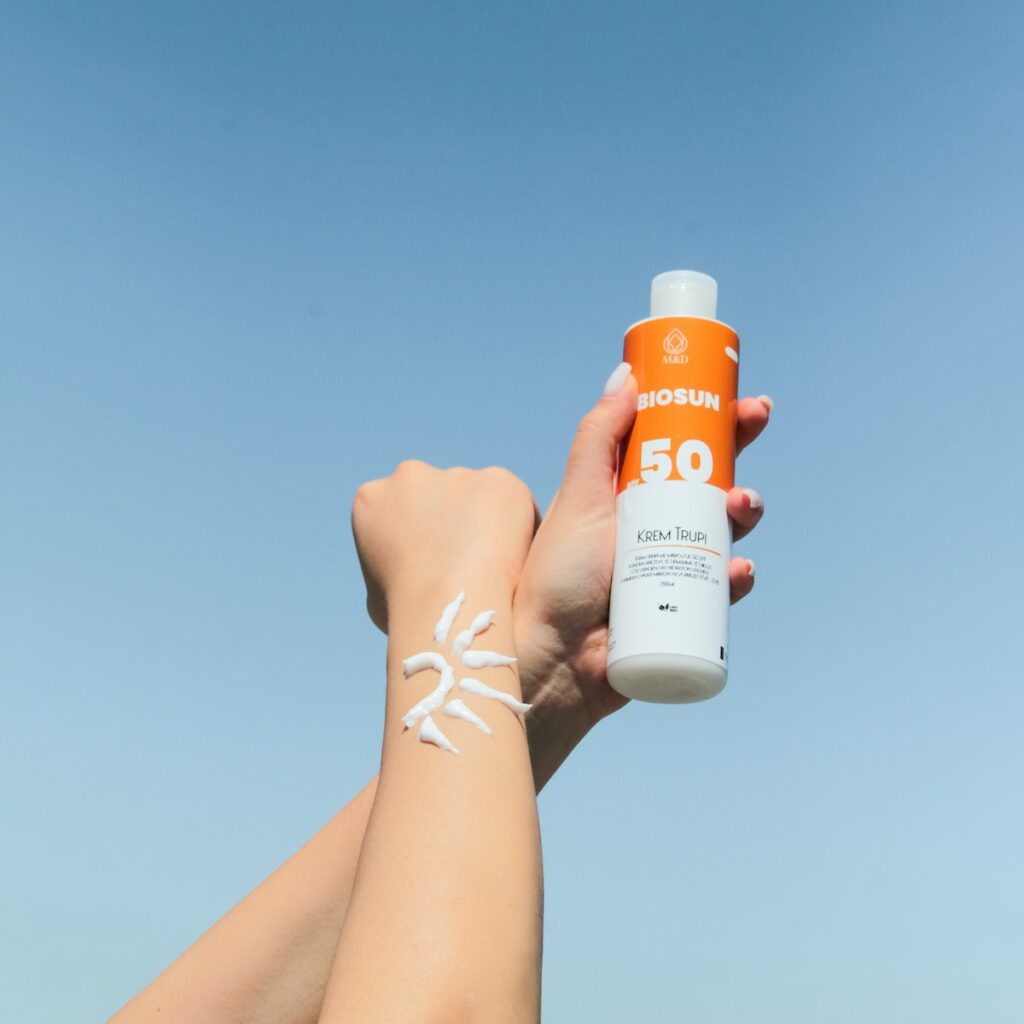
Choosing foundation with added sun protection
If you prefer the convenience of SPF in your makeup, choosing a foundation with added sun protection can be beneficial. Many foundations now offer SPF coverage, typically ranging from SPF 15 to 30. While this adds an extra layer of sun protection, it’s important to remember that the amount of foundation typically applied may not provide the necessary level of SPF as recommended by dermatologists. It is still recommended to use a dedicated sunscreen underneath your foundation to ensure adequate sun protection. By choosing a foundation with added sun protection, you can enhance your daily defense against the sun’s harmful rays.

Taking Care of Your Skin from Within
The role of nutrition in healthy skin
Taking care of your skin goes beyond external products and routines. Nutrition plays a significant role in maintaining healthy skin from within. Eating a balanced diet consisting of fruits, vegetables, lean proteins, and healthy fats provides essential nutrients that support skin health. Antioxidants in foods like berries, leafy greens, and tomatoes help combat free radicals and protect the skin from oxidative stress. Omega-3 fatty acids found in fatty fish, nuts, and seeds strengthen the skin’s barrier and maintain moisture. Maintaining a healthy diet rich in vitamins, minerals, and antioxidants can contribute to a radiant complexion and support overall skin health.
Drinking plenty of water for hydration
Hydration is vital for keeping your skin looking healthy and glowing. Drinking plenty of water throughout the day helps hydrate the skin from within, improving its elasticity and overall appearance. When the body is dehydrated, the skin can appear dull, dry, and prone to fine lines and wrinkles. Aim to drink at least eight glasses of water daily, and more if you engage in activities that promote sweating or spend extended periods in dry environments. To enhance the hydrating effects, incorporate hydrating fruits and vegetables, such as watermelon or cucumbers, into your diet.

Supplements and their impact on skin health
Supplements can complement a healthy diet and help support skin health. Various supplements are known to benefit the skin, depending on specific concerns. For example, collagen supplements may help improve skin elasticity and reduce the appearance of wrinkles. Vitamin C supplements can boost collagen production and brighten the skin. Omega-3 fatty acid supplements can enhance the skin’s barrier function and reduce inflammation. It is important to consult with a healthcare professional before starting any new supplement regimen to ensure it is safe and suited for your individual needs. Supplements should never replace a balanced diet, but can provide an extra boost to support skin health when used responsibly.
In conclusion, understanding the basics of skincare, establishing a routine, and choosing the right products are essential for maintaining healthy skin. By understanding the skin’s structure and identifying your skin type and needs, you can address specific concerns effectively. Skincare and makeup can work together by prepping the skin through cleansing, moisturizing, and using toner before makeup application. Choosing the right makeup products and incorporating skincare-makeup hybrids enhance the overall look while providing skincare benefits. Proper makeup removal, addressing skin concerns, sun protection, and taking care of your skin from within through nutrition and hydration complete a comprehensive skincare-makeup routine. With these insights, you can confidently embark on your skincare and makeup journey, achieving healthy and radiant skin.


